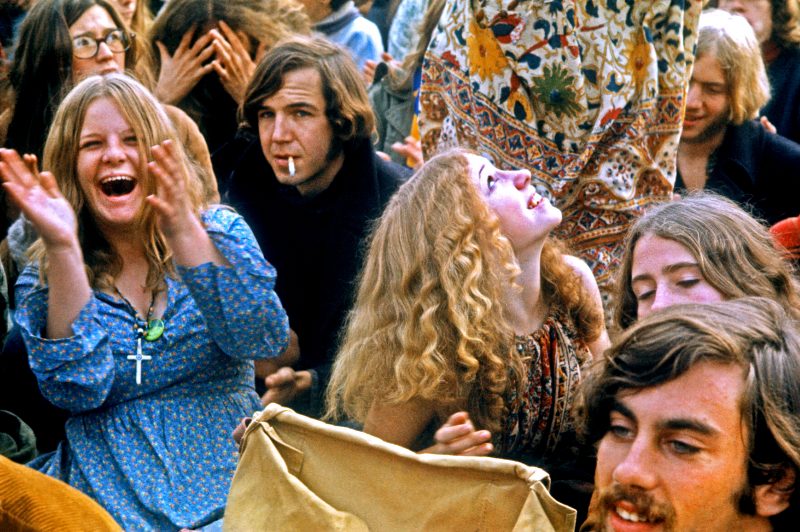It is a sentiment shared by many–critics, journalists, music fans alike–that the 1960s decade of music ended with a violent, disturbing bang. On December 6, 1969, the Rolling Stones went ahead with a free concert that was meant to be a grand finale to their year-long tour across the U.S. But everything went terribly wrong.
Though billed as a concert which would bring back the familiar warmth of the Woodstock concert, which took place just four months before in Bethel, New York, the Altamont festival is today remembered only with grim faces. It sank as the ‘failed’ Woodstock West, held at California’s Altamont Speedway.
Besides the Rolling Stones, other famous bands of the day lined the evening, including Jefferson Airplane, Nash & Young, Stills, Santana, Crosby, and the Flying Burrito Brothers. Grateful Dead were also scheduled to perform but they refused upon realizing first-hand the event was becoming dangerously violent. And the evening indeed was plagued with one violent incident after another.
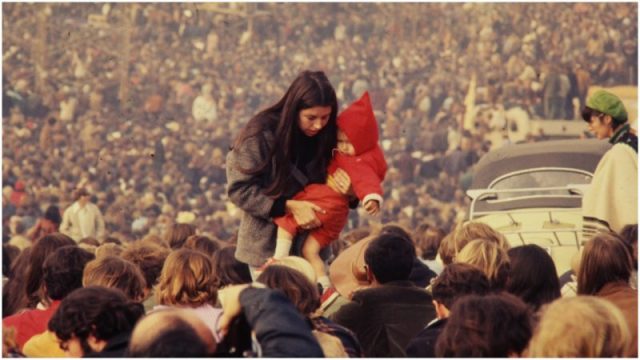
The climax? An 18-year-old African-American teenager, by the name of Meredith Hunter, born October 24, 1951, in Alameda County CA, was killed. Meredith Hunter succumbed to deadly knife wounds, inflicted on him by Alan Passaro, a member of the Hells Angels biker gang.
And the Hells Angels were in fact hired for security duties; to guard the stage and keep the peace for the duration of the festival. As it turned out, the bikers acted rather more aggressively than anyone else in the crowds.
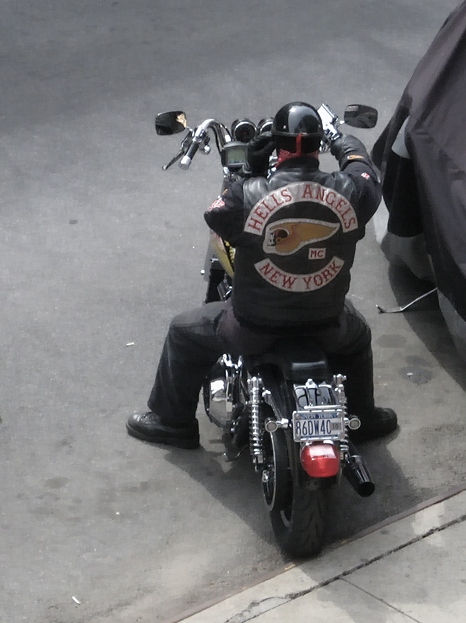
So, how did such a gloomy day in the history of music happen? There were several factors, including the rush in which the concert was organized. The venue was confirmed only on December 4th. The Altamont Speedway was a desolate, desperate-looking place, with not a single hint of joy in it, no trace of green tree nor patches of green grass.
Not a single sight of the venue promised happiness. However, its owner offered it last-minute, and for free, so it was a deal not to be declined. Initial plans to hold the concert at the way more convenient Sears Point in Sonoma (closer to San Francisco) had fallen apart and the Stones were desperate for a venue.
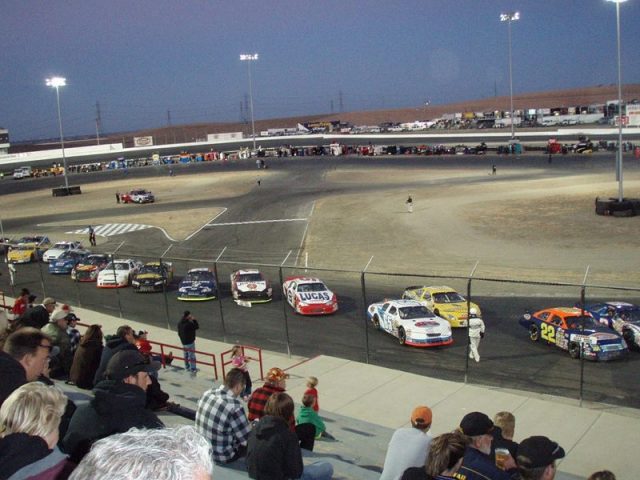
There were also other goofs: Hells Angels were somehow arranged to carry out the security duties. The group was trusted with the task for free access to beer and a sum of $500 (little less than $3,500 in today’s money).
But whoever thought that the bikers would be tolerant of a crowd wired on marijuana and other drugs such as LSD, many of whom were trying to jump on stage, made a bad mistake. Speaking of the stage, the podium was elevated very little, only four feet, and was located at the bottom of a slope. Anyhow, the festival was happening.
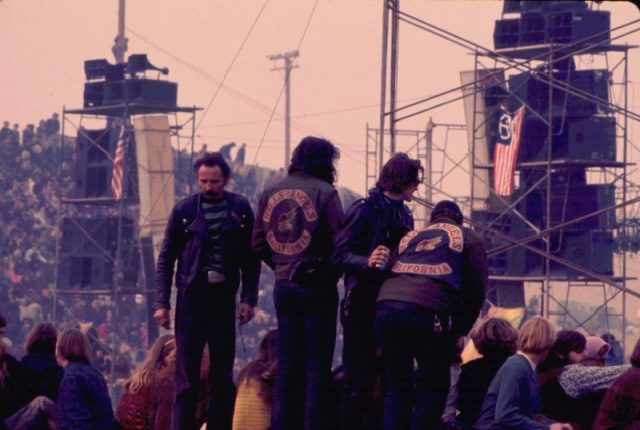
“The vibes were bad,” would note Grace Slick, an iconic figure of San Francisco’s blooming psychedelic music scene of the 1960s. She wrote in her biography: “Something was very peculiar, not particularly bad, just real peculiar. It was that kind of hazy, abrasive and unsure day. I had expected the loving vibes of Woodstock, but that wasn’t coming at me.”
One after another the incidents unfolded. According to eyewitnesses, the major issue centered around the security. For reasons not always clear, the guards reportedly would violently push the fans off from the main stage, toss beer cans at them and even beat them.
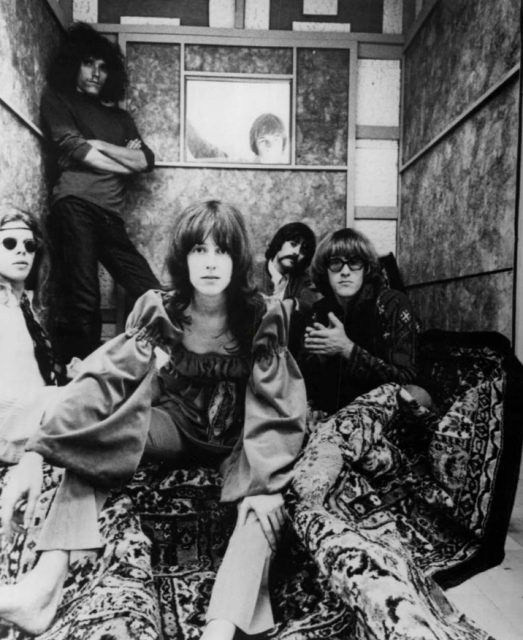
There were more than just merely one or two casualties. People were getting severely hurt, for instance, peace activist Bert Kangeson, hired as permit specialist for the Grateful Dead, became victim to one of the Angels. The man ended up with 60 stitches on the head during Santana’s performance.
During Jefferson Airplane’s time on stage, Marty Balin, the band’s lead singer, fell down after receiving blows from another Hell Angel. Even after he was dragged backstage, his Angel kept on hitting him, and when Rex Jackson from Grateful Dead came to help, he too was fiercely ‘punished.’ Surreal.
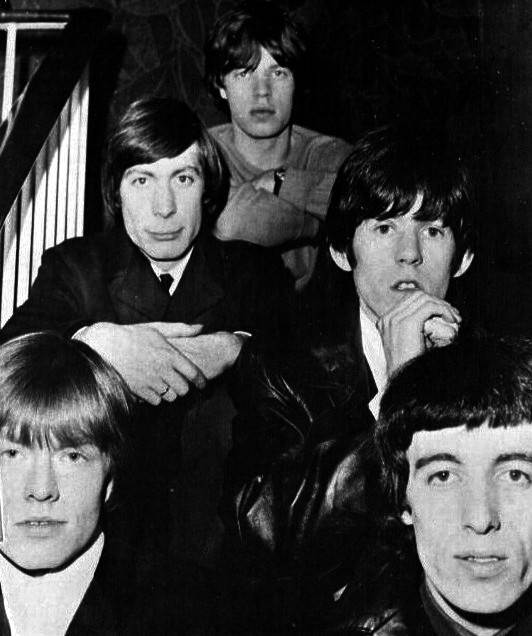
Things escalated as the Rolling Stones climbed on stage. “I was very worried as we walked to the stage,” reportedly said Charlie Watts, the Stones’ drummer. And he had good reason to stay worried.
Accounts differ on what had happened next, but the outcome was dreadful: the teenage boy Meredith Hunter fell dead after he was stabbed with a knife several times over by Alan Passaro, one of the Hells Angels members.
Not all details are clear even though there is a footage of the moment, featured in Gimme Shelter, the film by David Maysles and Charlotte Zwering which documents the Rolling Stones 1969 tour across the U.S.
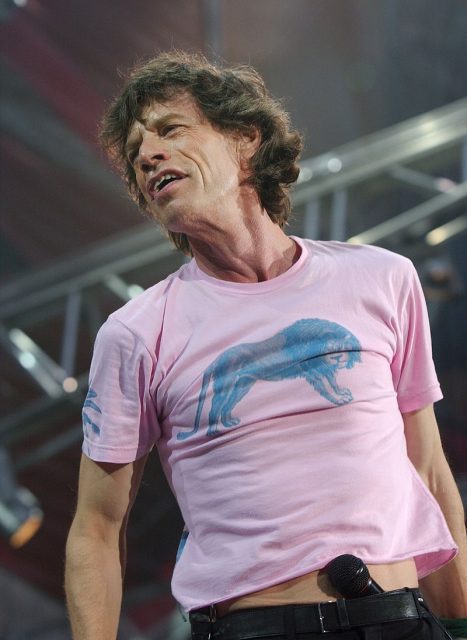
What is known is that the teenager was on drugs as he approached the stage when the Stones started playing. He confronted the guards, and they had him nastily kicked away. Hunter decided to reapproach the stage, but this time carrying a pistol he picked up from his car. He pointed the weapon in the air, but Passaro ran in to tackle him, pulling out his knife.
The footage reveals a glowing flash coming out of Hunter’s weapon, but it is hard to tell if this a real gunshot or defect on the film itself. Anyhow, Hunter kept being beaten even after he was dragged outside the crowd.
“The Hells Angel stabbed Hunter no less than four more times, his knife repeatedly piercing his back. Hunter, wounded, dropped to his knees. The Hells Angel gripped him by the shoulders and kicked him in the face, over and over. The Angels surrounded him in a loose circle, pounding him with their boots until he collapsed face-forward,” writes Rolling Stone magazine on the account of Meredith Hunter’s death.
Abandoned Aerosmith tour van
Following the incident, Hunter was carried to the Red Cross tents, and a helicopter was immediately called to take him to the nearest hospital. But it was too late.
Meredith Hunter’s violent death is today interpreted as the end of the happy-go-lucky hippie days. Not that there weren’t any accidents at Woodstock or other events that attracted crowds of hippies, but this was way over the border. Altamont was declared the “death of innocence,” one of the darkest days in music history.
Hunter’s attacker was arrested but acquitted, as judges ruled it was self-defense. As for the Stones, the big initiators of this regrettable event, they must have been left with mixed feelings. For many years after that, Mick Jagger did not speak in public about the murder.
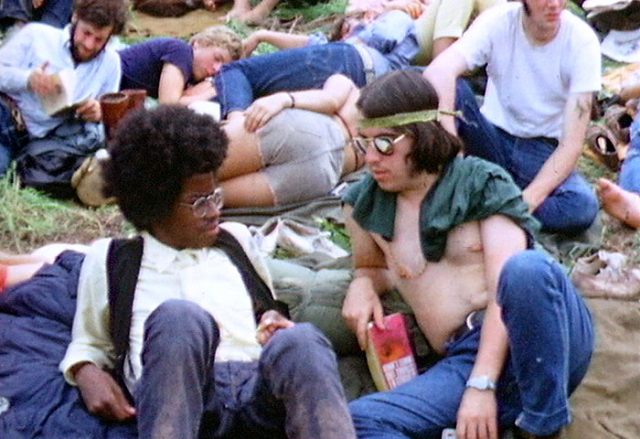
In an interview he gave for Jann S. Wenner from Rolling Stone magazine, published in December 1995, he said the following about Altamont: “Well, awful. I mean, just awful. You feel a responsibility. How could it all have been so silly and wrong? But I didn’t think of these things that you guys thought of, you in the press: this great loss of innocence, this cathartic end of the era … I didn’t think of any of that. That particular burden didn’t weigh on my mind. It was more how awful it was to have had this experience and how awful it was for someone to get killed and how sad it was for his family and how dreadfully the Hell’s Angels behaved.”
Read another story from us: Gimme Shelter: The Hell’s Angels Plot to Assassinate Mick Jagger
On that gloomy day in December 1969, besides Meredith Hunter, three more persons lost their lives in other accidents at the Altamont free concert. Hundreds more were injured. It was indeed the worst way to end such a delightful decade in music.
Stefan A. is a freelance writer and a regular contributor to The Vintage News. He is a graduate in Literature. He also runs the blog This City Knows.
